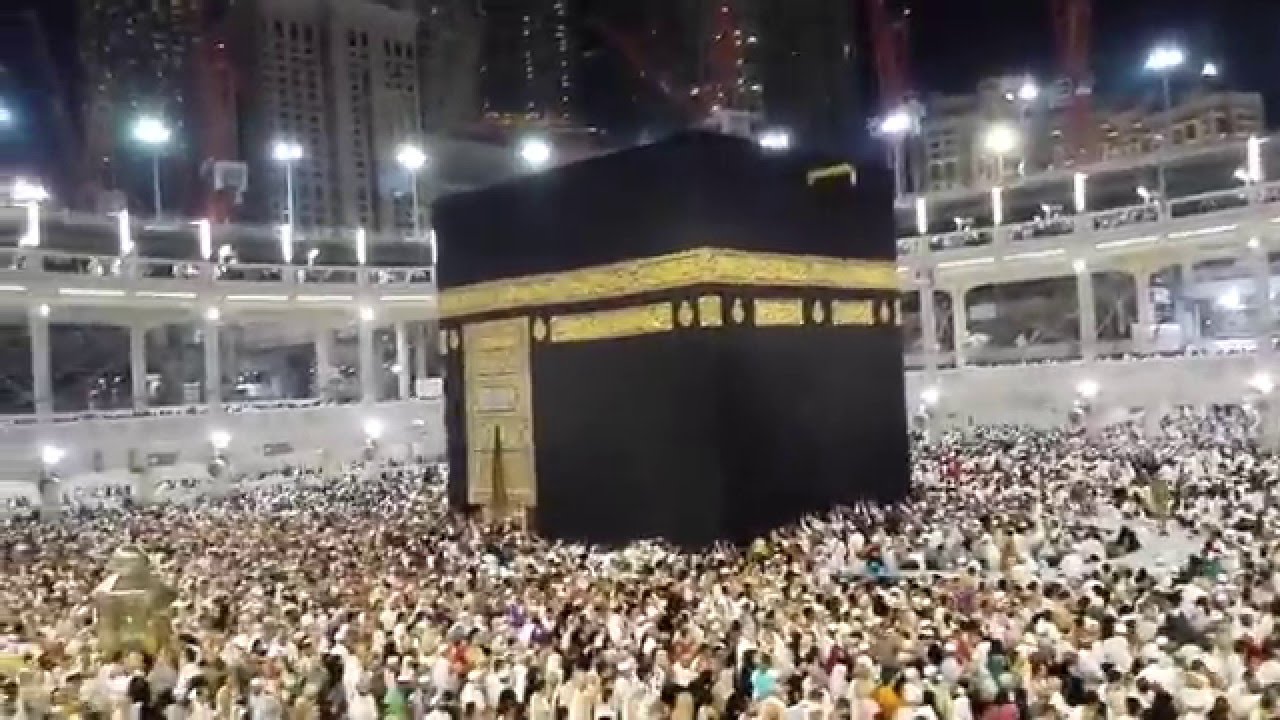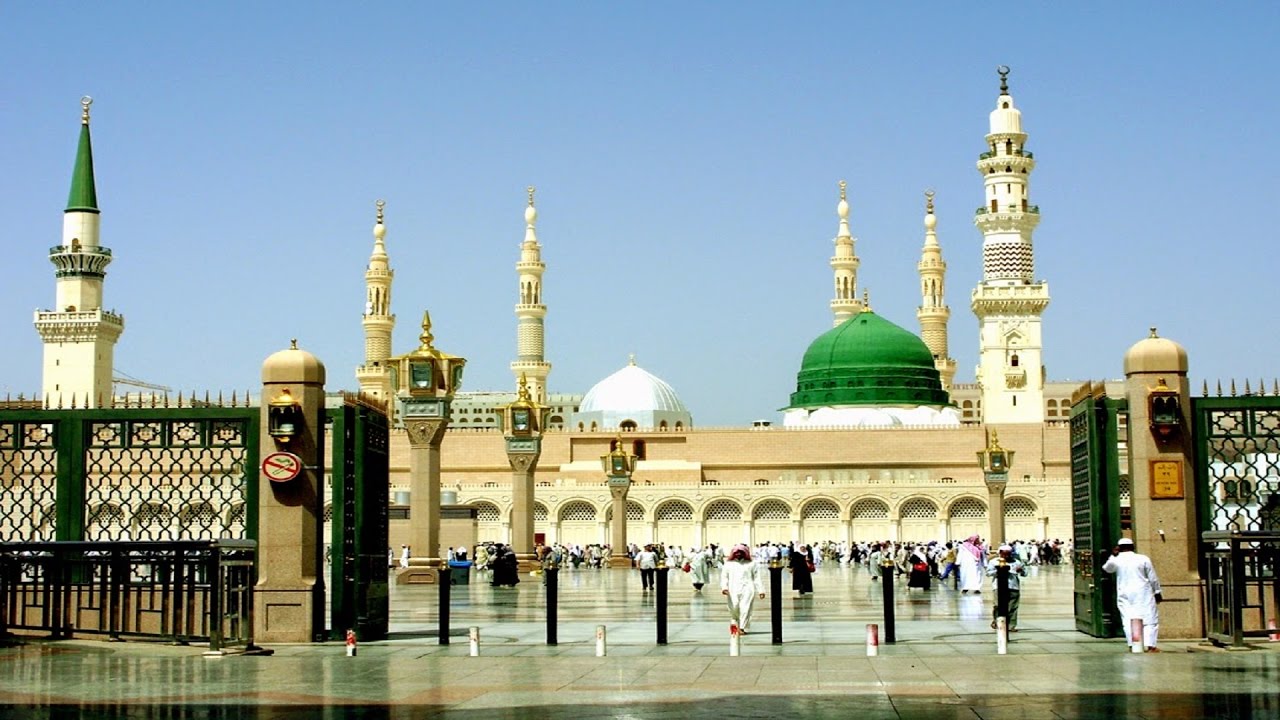Dars e Imam-Grave
“Bismillahir Rahmannir Raheem””Al-Hamdu Lillaahi Rabbil ‘Aalameen was Salaatu was- Salaamu ‘Alaa Sayidinaa Muhammadin wa Aalihi wa Asabihi Ajma ‘een (tauheed- risalat- ahkirat and islam-iman-ihsan)
Narrated IsraiI:Uthman bin ‘Abdullah bin Mauhab said, “My
people sent me with a bowl of water to Um Salama.” Isra’il approximated
three fingers (‘indicating the small size of the container in which there was
some hair of the Prophet. ‘Uthman added, “If any person suffered from evil eye or some other disease, he
would send a vessel (containing water) to Um Salama. I looked into the
container (that held the hair of the Prophet) and saw a few red hairs in
it,” Volume 7, Book 72, Number 784: (Sahih Bukhari)
Ibn Hajar ‘Asqalānī says: “This
tradition furnishes the proof that it is valid to draw divine blessings from
the Prophet’s hair and confirms the permissibility of its acquisition.”
Ibn Hajar ‘Asqalānī, Fath-ul-bārī (1:274)
Narrated ‘Isa bin Tahman:Anas brought out to us two worn out leather shoes without hair and with pieces of
leather straps. Later on Thabit Al-Banani told me that Anas said that
they were the shoes of the Prophet. Volume 4, Book 53, Number 339: Sahih
Bukhari
Narrated Isaa bin Tahman: Anas bin Malik brought out for us, two sandals having two straps. Thabit
Al-Banani said, “These were the sandals of the Prophet .”Volume 7,
Book 72, Number 749: Sahih Bukhari
Qastallānī writes in his book al-Mawāhib-ul-laduniyyah (2:118-9) that ‘Abdullāh bin Mas‘ūd was one of the Prophet’s
attendants and attended him with a pillow, a tooth-brush, a pair of sandals and
water for ablution. When the Prophet ﷺ stood up,
he helped him put on the sandals, and when he sat down, ‘Abdullāh bin Mas‘ūd
picked up the sandals and tucked them under his arms.
Sitting on the pulpit, the Holy Prophet ﷺ taught religion to his Companions.The lovers of the Prophet (saws) were extremely fond of this pulpit and
preserved it like his other relics to draw blessings from it. Qādī ‘Iyād
relates:Ibn ‘Umar was often seen
touching with his hand the part of the pulpit where the Prophet (saws) used to
sit and then rubbing his hand all over his body. Qādī ‘Iyād, ash-Shifā
(2:620)
Anas bin Mālik has reported: That he had a short stick given to
him by the Holy Prophet ﷺ. When he died, it (the stick) was buried with
him, between his shirt and the side of his body. Ibn Kathīr in al-Bidāyah wan-nihāyah (4:368)
Qādī ‘Iyād relates in as-Shifā (2:621): Jahjāhā
al-Ghifārī snatched the Prophet’s staff from ‘Uthmān’s hand, placed it on his
knee and made a sacrilegious effort to break it. But people stalled him
in his tracks by protesting, but (he was punished by the unknown for this act),
a boil broke out on his knee which
turned into a running sore. As a result, his leg was amputated and he died the
same year.
Ibn Adee Narated and many other have quoted this ” Imam Bukhari Completed his Book by
sitting near the Blessed Grave of Prophet(saws)”[Muqadama Fathul
Bari By Imam Hajr Asqalani page # 656]
“Imam Bukhari throught out his life, Used to keep the blessed hair of Prophet ﷺ in his clothes”[Muqadama Fathul Bari By Imam Hajr Asqalani page 645]
==================
“Whoever visits my grave, my intercession will be guaranteed for him.”
This is one of the proof-texts adduced by the ulama of Islam to derive
the obligation or recommendation of
visiting the Prophet’s grave and seeking him as wasila (intermediary/means).
See the chapter on visiting the Prophet’s grave in Nawawi’s book al-Adhkar and
in Qadi Iyad’s book al Shifa.
Sakhawi said in al-Qawl al-badi` (p. 160):The emphasis and encouragement on visiting his noble grave is mentioned in numerous hadiths, and it would suffice to show this if there was only the hadith whereby the truthful and God-confirmed Prophet promises that his intercession among other things becomes obligatory for whoever visits him, and the Imams are in complete agreement from the time directly after his passing until our own time that this is among the best acts of drawing near to Allah.
Qadhi Shawkani, said: This hadith is declared “Sahih” by Ibn al-Sakin (rah), Abdul Haq (rah) and Taqi ud din as-Subki (rah) [Nayl al Awtar 5:164]Imam Ibn Hajr al Asqalani (rah) also showed this authentication in his Talkhis al Habir (2:265)
Imam Sakhawi also declared
it Sahih in al-Qawl al-Badi‘ (p. 160) Imam Dhahabi said: the chains of the
hadith of visitation are all ‘soft’ (layyina) but strengthen each other because
none of them contains any liar [Imam Sakhawi in al-Maqasid al Hasana, Volume
No.1, Page No. 472]
Imam Ibn Qudama (rah) the great Hanbali authority said: It is recommended to do Ziyarah of Prophet’s
grave as it is narrated by Daraqutni with his Isnaad from Ibn Umar (ra) that
the Prophet ﷺ said: Whosoever performs the Hajj after my death
then he should visit my grave because It is as If he has visited me during my
life. And he also narrated (another hadith) that Whosoever visits my grave then my intercession becomes Wajib for him
[Imam Ibn Quduma in al-Mughni, Volume No. 5, Page No. 381]
Imam al Bahuti al-Hanbli (rah) has also said this in his Al-Kashaf al-Qanna
[Volume No. 2, Page No. 290]
Ihsan/perfection is by experience
1.mushahida(visualizing Allah)
Mushahada=visualizing by perfect mujahida
2.muraqaba(meditation) Allah is watching me and negation of self (I/nafs)
Muraqaba opens doors of spirituality.
Speak to people of haal about haal not to the common people via muraqaba
When I want to talk to allah I say prayers and when I want that he talk to me I recite quran- Hazrath Ali(ra)
Make sure you forward this to others .


